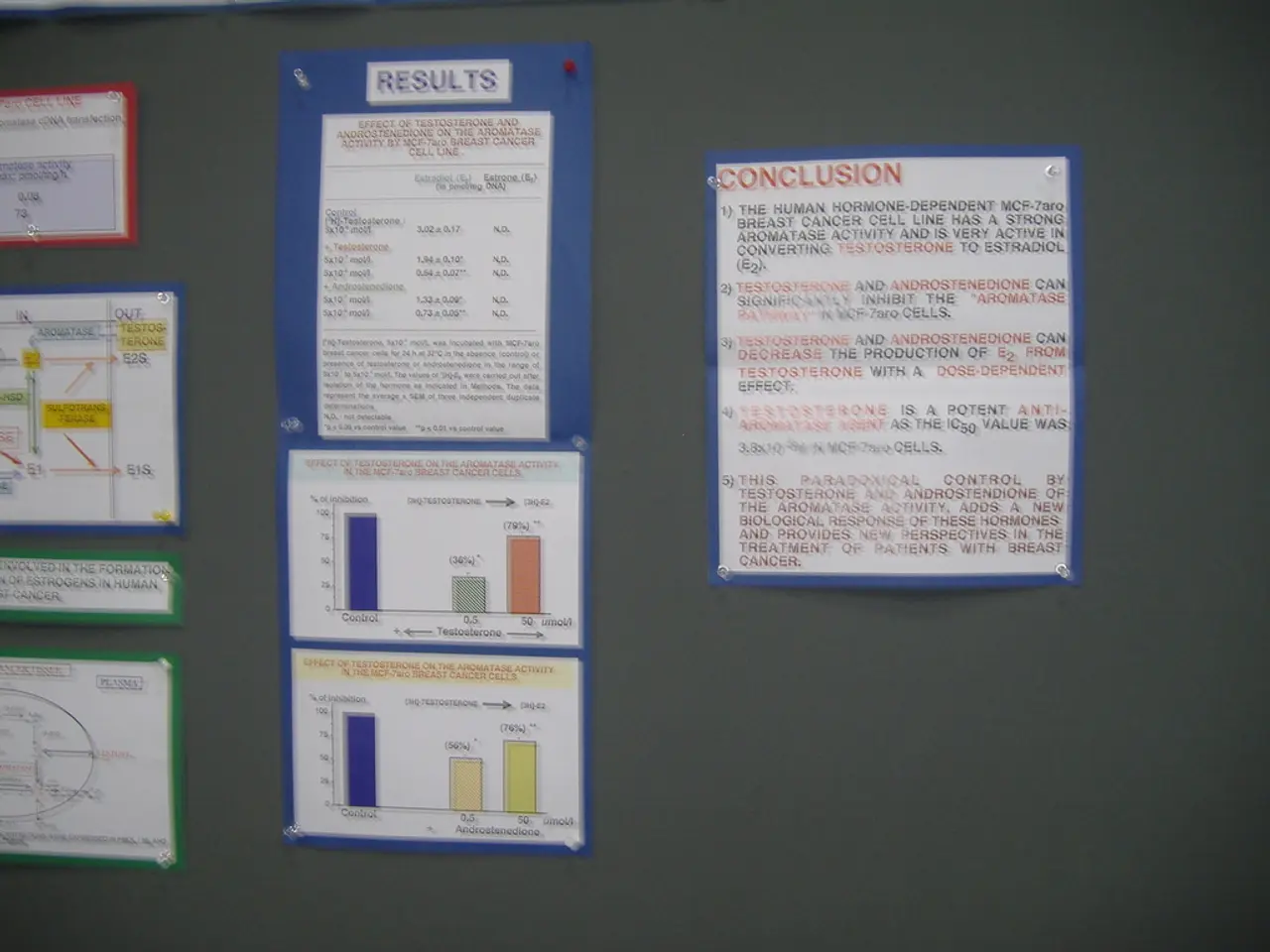Economic growth in job creation in the United States slowed down in July, coinciding with increasing economic uncertainties.
The U.S. economy added 73,000 jobs in July, falling short of the estimated 100,000 job gain projected by economists polled by LSEG. The private sector payrolls rose by 83,000, lower than the projected 100,000 job gain, while government payrolls declined by 10,000, with a decrease of 12,000 jobs in the federal government [1].
The manufacturing sector shed 11,000 jobs in July, contributing to the overall job growth slowdown. However, there was a significant increase in healthcare employment, with 55,000 jobs added, mainly in ambulatory healthcare services and hospitals [1]. Social assistance added 18,000 jobs last month, with continued job growth in individual and family services [1].
The unemployment rate in July ticked slightly higher to 4.2%, and the labor force participation rate remained unchanged at 62.2% [1]. The number of long-term unemployed (27 weeks or more) increased by 179,000 to 1.8 million in July [1].
The Federal Reserve held the key interest rate steady for the fifth straight meeting despite pressure from President Trump. The Fed is well-positioned to respond to rising inflation or weakness in the labor market [2]. The market's expectations for a September rate cut by the Federal Reserve rallied after the weaker-than-expected July jobs report, with the chance of a 25-basis-point rate cut rising from 37.7% to 73.6% [2].
The Bureau of Labor Statistics noted that the job revisions in May and June were "larger than normal" [3]. The probability of the Fed leaving interest rates unchanged in September fell from 62.3% to 26.4% [4].
The jobs report comes as experts predict that artificial intelligence (AI) could significantly disrupt white-collar employment, particularly in entry-level roles in tech, finance, law, and consulting. AI is expected to eliminate or significantly transform many white-collar jobs, with around 35% of white-collar work tasks overlapping with AI capabilities [4]. However, the impact on blue-collar jobs is seen more as an enhancement rather than outright replacement, with AI tools helping to boost productivity, improve safety, and assist with planning and problem-solving [5].
Multiple jobholders decreased by 523,000 jobs in July, and workers employed part-time for economic reasons remained the same at 4.7 million [1]. The June personal consumption expenditures (PCE) index showed headline PCE rose from 2.3% in May to 2.6% in June, while core PCE ticked higher to 2.8% [6].
References:
[1] "The Employment Situation - July 2022" (Bureau of Labor Statistics)
[2] "Fed rate cut expectations rally after weaker-than-expected July jobs report" (CNBC)
[3] "Job gains in May and June were revised downward" (CNBC)
[4] "AI to Eliminate or Significantly Transform Many White-Collar Jobs" (Forbes)
[5] "The Impact of AI on Blue-Collar Jobs" (Harvard Business Review)
[6] "PCE Price Indexes - June 2022" (Bureau of Economic Analysis)
- The Federal Reserve's decision to keep interest rates steady, despite pressure from politics, indicates its readiness to respond to inflation or weakness in the labor market, as the economy struggles with rising inflation and a slowdown in job growth.
- The July jobs report showed a mixed picture, with private sector payrolls growing, but still falling short of projections, and the unemployment rate ticking slightly higher, all within a context of a general-news backdrop of artificial intelligence reshaping employment, particularly in white-collar roles.
- Economic news also revealed an increase in unemployment, a rise in the number of long-term unemployed, and a decrease in multiple jobholders, indicating a challenging employment landscape amidst the backdrop of a potentially transformative AI era.
- Simultaneously, there was good news in sectors like healthcare and social assistance, with significant job growth, while the PCE index showed a rise in headline and core inflation, signaling a broader trend of wealth redistribution in the economy due to these changes.




